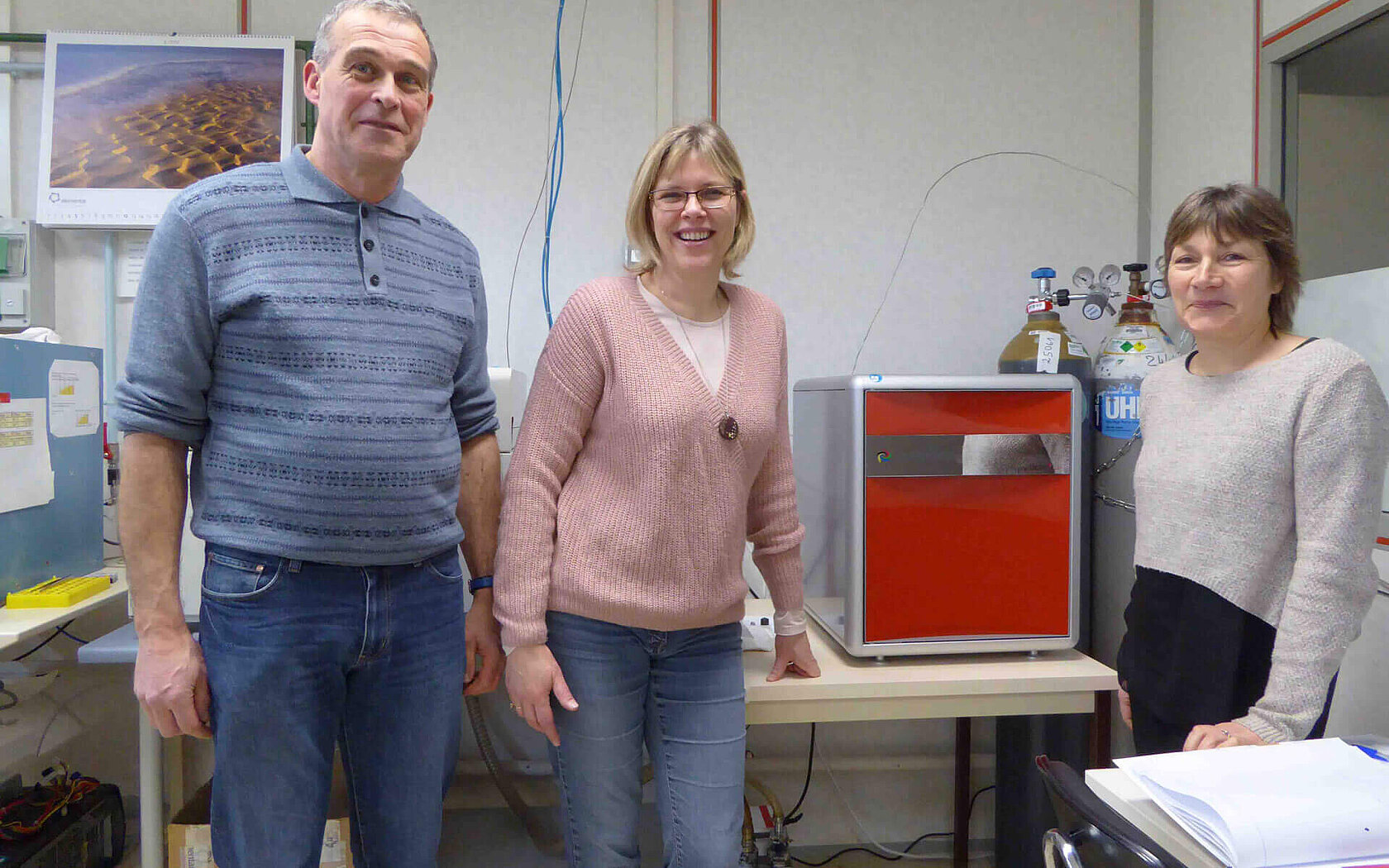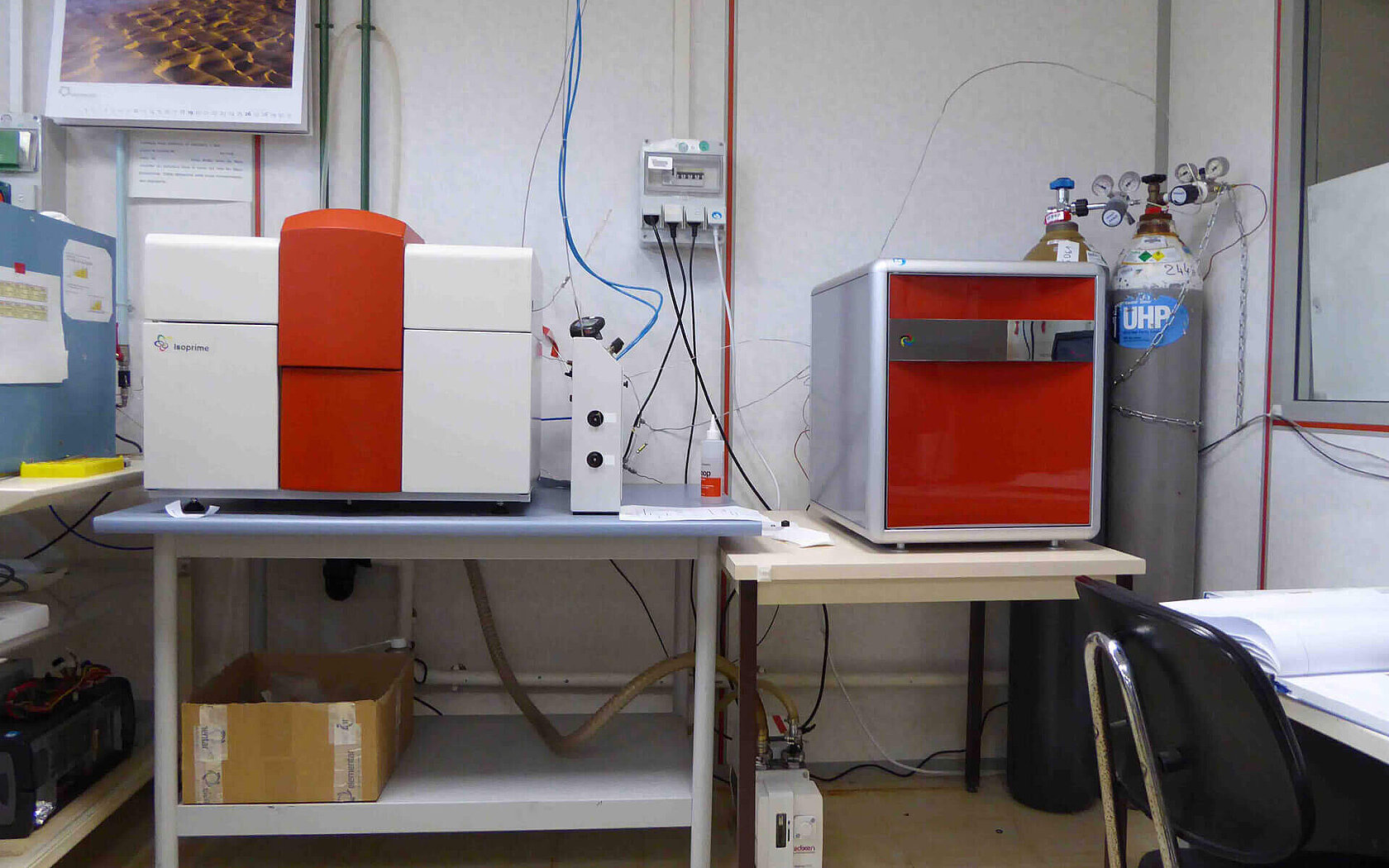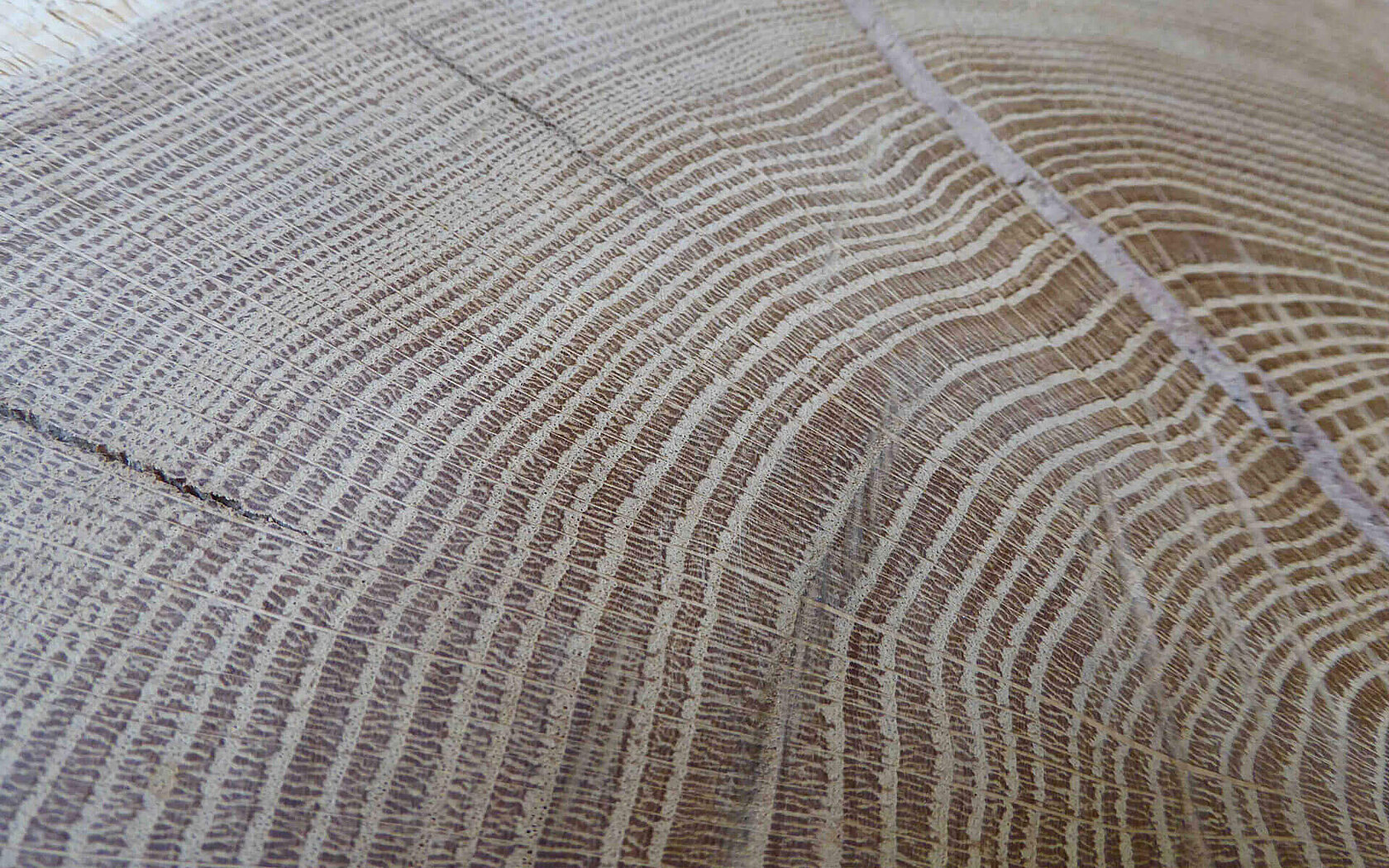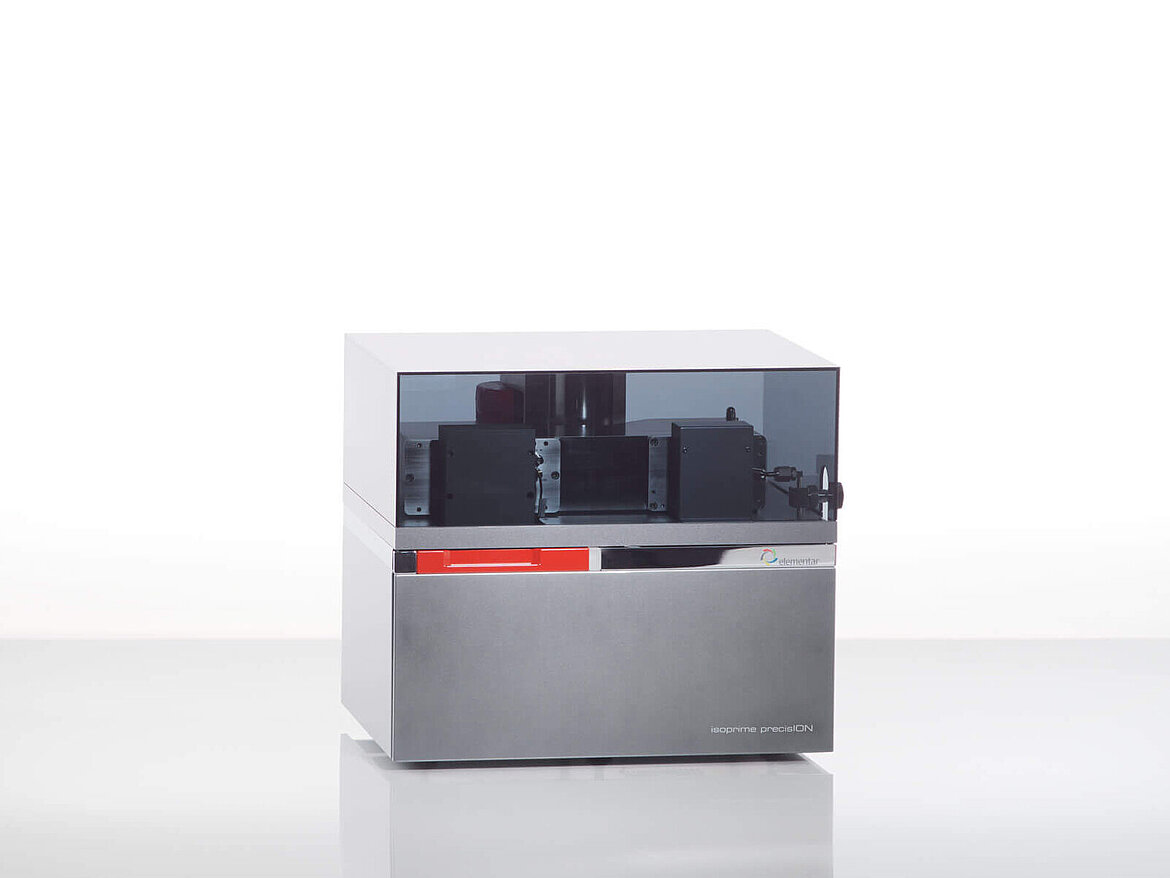The woody archive of earth's climate
Although Dr. Michel Stievenard works in a place where no plant grows, trees are the essence of his workday. Michel Stievenard and his colleague Monique Pierre are research engineers supervising a stable isotope laboratory of the continental paleoclimate section of LSCE (Laboratoire des Sciences du Climat et de l’Environnement). Together with Valérie Daux as the leading scientist, the group analyzes cellulose from tree rings for their carbon and oxygen isotopic composition. This data provides insight into past climates, especially humidity and temperature conditions, which are printed into the carbon and oxygen isotope ratios of the tree ring cellulose.
The regional climates of the past are reconstructed with trees coming from places all over the world: for instance, living trees from Tibet, Morocco, La Réunion islands fossil trees from Sweden, and massive wood beams from historical castles in France. A recent project focusses on a cypress species called Fitzroya cupressoides, which occurs in Patagonia and can grow up to almost 4,000 years old. After the sophisticated processes of extraction of the tree cellulose, Michel Stievenard, Monique Pierre and Valérie Daux rely on an EA-IRMS interface from Elementar to analyze the precious samples. Because the cellulose extraction of a tree ring from one single year often yields only a very limited amount of sample, the analysis has to work routinely even for tiny sample amounts as low as 20 µg. Here the performance of the EA-IRMS system, a vario MICRO cube coupled to an IsoPrime100 IRMS, comes into play.
The system is better in terms of linearity and stability, also in the very low measurement range, and it provides more convenience and ease-of-use.
says Dr. Stievenard when asked about the differences between his system and the previously used competitor system. The engineers apply a rejection criterion of a difference of less than 0.15 ‰ for two replicate analyses of the cellulose. While only 70 % of all replicate analysis met this criterion with the previous system, the EA-IRMS combination from Elementar meets the criterion virtually always and thus demonstrates higher analytical reproducibility. The team has also optimized their system regarding use of consumables:
We can do up to 3,000 analyses with one single reduction tube filling. We have adjusted the oxygen flow and dosing time to our low sample amounts.
reports Dr. Stievenard. Even the specialists from Elementar were surprised about this astonishingly low consumption of reduction copper. Elementar is proud of offering a dedicated solution to the researchers from LSCE for their demanding investigations of tree ring cellulose.
About the Stable Isotope Facility @ LSCE
The stable isotope laboratory of the continental climate department of the LSCE (Laboratoire des Sciences du Climat et de l’Environnement) focusses on the reconstruction of past climates from the carbon (δ13C) and oxygen (δ18O) isotope analysis of tree ring cellulose. The climate reconstructions span the last 2,000 to 3,000 years with a high resolution of 1 year. It works in cooperation with the University of Versailles, the CEA (Commissariat à l’Énergie Atomique et aux Énergies Alternatives) and the CNRS (Centre National de la Recherche Scientifique) to deliver research, method development and training.
Instrumentation installed: | IsoPrime100 (legacy instrument, successor: isoprime precisION) interfaced with vario MICRO cube combustion analyzer (legacy instrument, sucessor: vario ISOTOPE select)for δ13C analysis of tree ring cellulose |
Address: | Laboratoire des Sciences du Climat et de l’Environnement (LSCE-Orme) |
Contact details:
| E-Mail: contact@lsce.ipsl.fr Website: www.lsce.ipsl.fr |
Selected publications:
|
|




